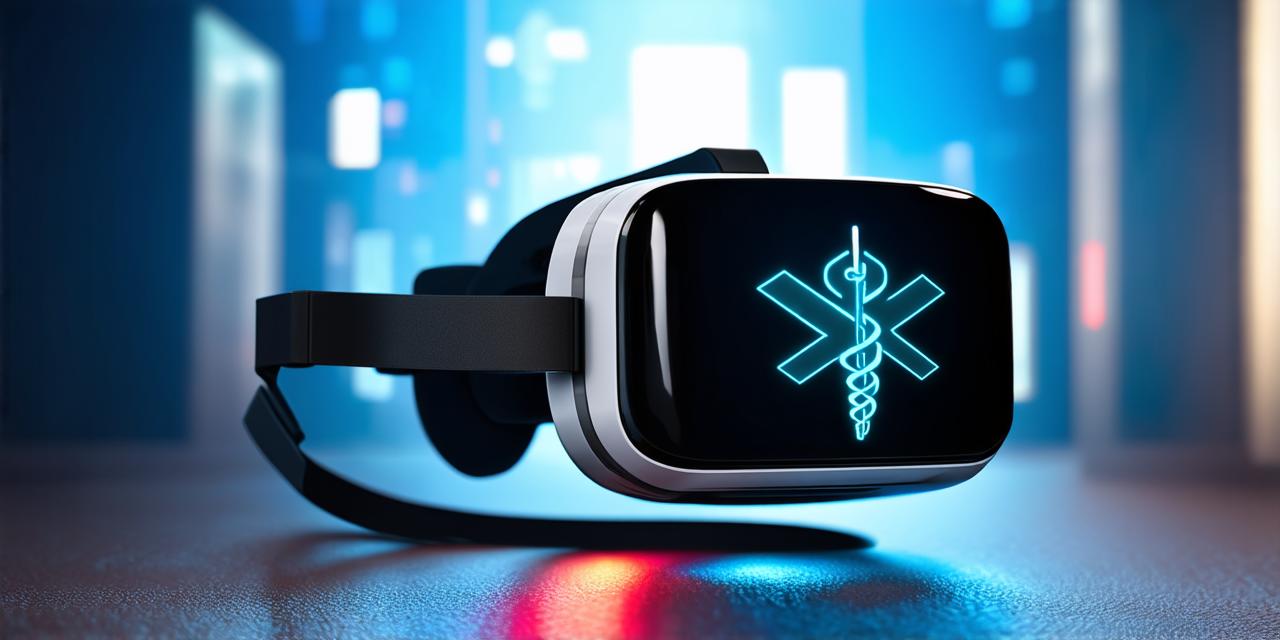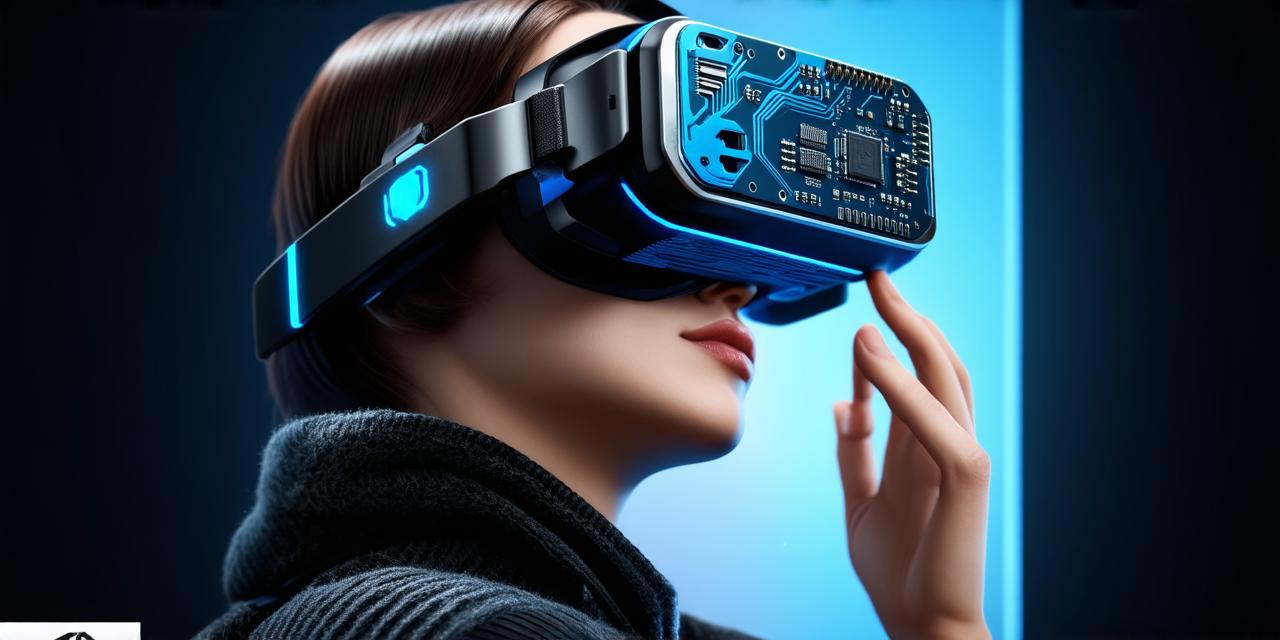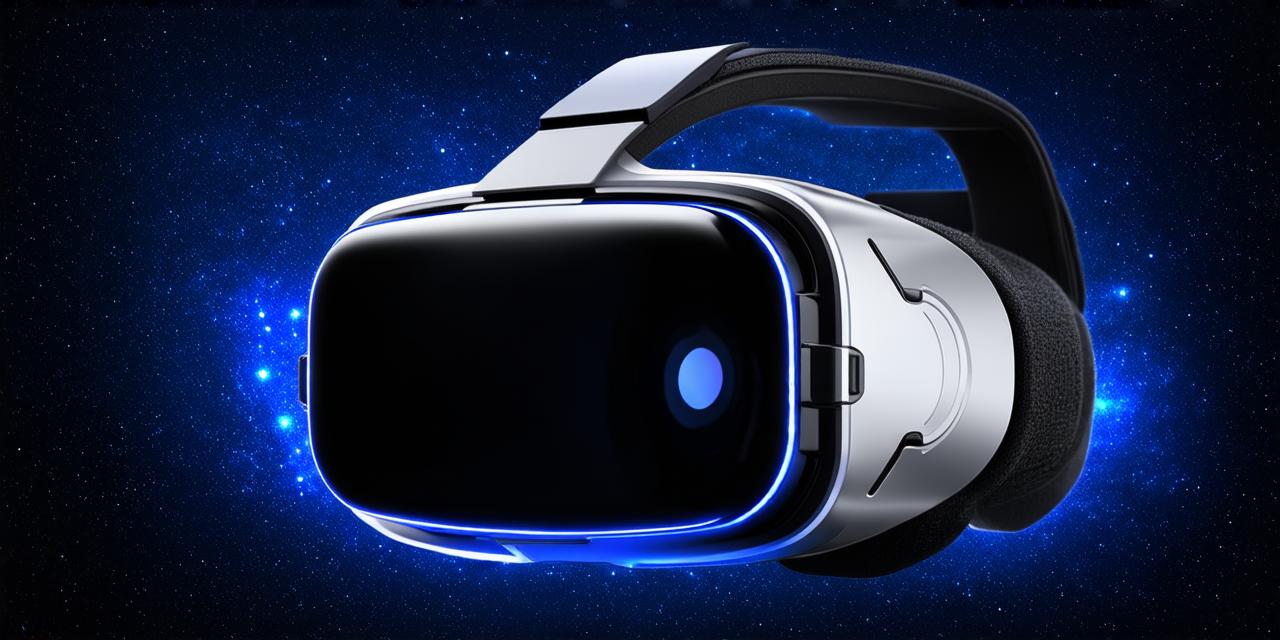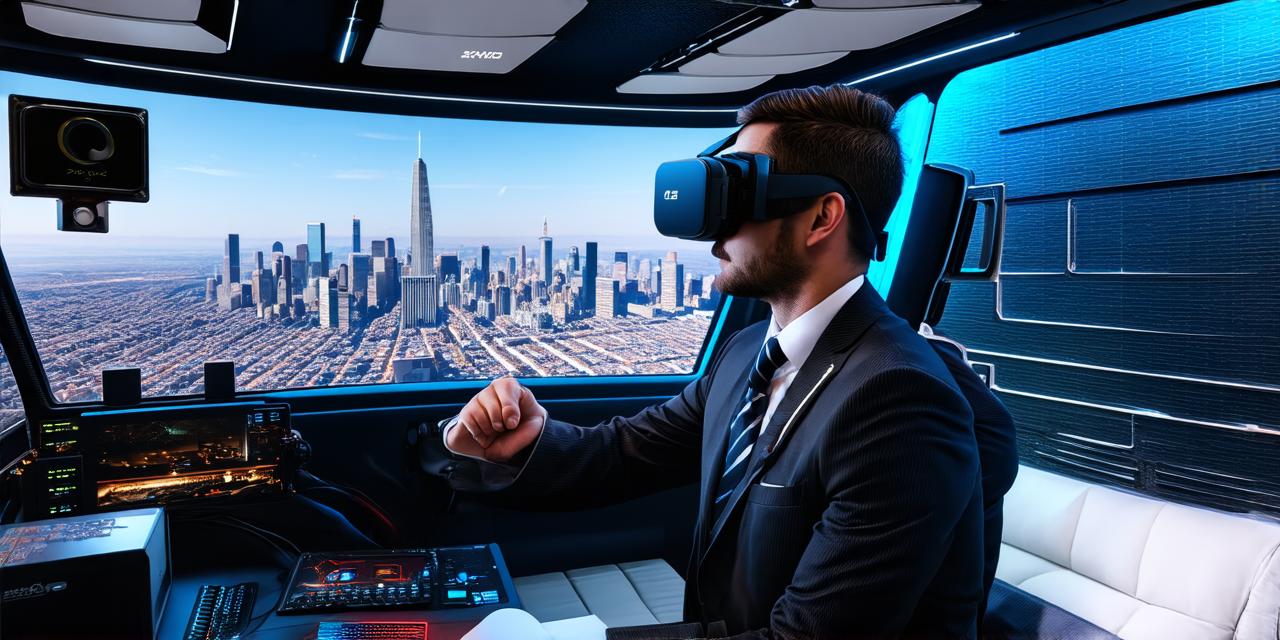Virtual reality (VR) technology has been around for several decades, but its potential applications in healthcare are only now starting to be explored. With the increasing popularity of VR devices such as Oculus Rift and HTC Vive, healthcare providers are looking for ways to incorporate this technology into their practice.
Virtual Reality in Medical Training
One of the most significant benefits of VR in healthcare is its ability to provide immersive training experiences for medical professionals. By creating realistic simulations of medical procedures and scenarios, VR can help doctors, nurses, and other healthcare providers hone their skills in a safe and controlled environment.
For example, surgeons can use VR to practice complex operations with the guidance of experienced mentors, while nursing students can simulate patient care scenarios to better understand the needs of their patients. This type of training can significantly reduce medical errors, improve patient outcomes, and ultimately save lives.
Virtual Reality for Pain Management
Another area where virtual reality can be incredibly useful in healthcare is pain management. By creating immersive environments that distract and engage patients, VR can help reduce the perception of pain and discomfort during medical procedures or while recovering from injuries.
For example, patients undergoing chemotherapy treatments may use VR headsets to explore virtual worlds and escape the discomfort of their treatment for a few hours each day. This type of therapy has been shown to be effective in reducing anxiety and depression associated with chronic pain.
Virtual Reality for Therapy
Virtual reality can also be used as a tool for therapy in healthcare settings. By creating simulations that mimic real-life situations, VR can help patients overcome fears or anxieties that are holding them back from living their lives to the fullest.
For example, a person with a fear of heights may use VR to gradually expose themselves to higher and higher heights until they feel confident and comfortable in any situation. This type of therapy has been shown to be effective in treating a range of anxiety disorders such as phobias, panic disorder, and social anxiety disorder.
Virtual Reality for Rehabilitation
Virtual reality can also be used in rehabilitation to help patients recover from injuries or illnesses. By creating customized exercises and simulations that mimic real-life movements, VR can help patients regain their strength, balance, and mobility.
For example, a person recovering from a stroke may use VR to practice walking or other physical activities in a safe and controlled environment. This type of therapy has been shown to be effective in improving motor function and reducing the risk of falls in elderly patients.
Case Studies: Virtual Reality in Healthcare
One example of virtual reality being used in healthcare is the work of Dr. Vivek Prasad at Stanford University. Dr. Prasad uses VR to treat patients with phobias, anxiety disorders, and other mental health conditions. By creating simulations that trigger their fears or anxieties, he can help patients overcome them in a controlled environment.
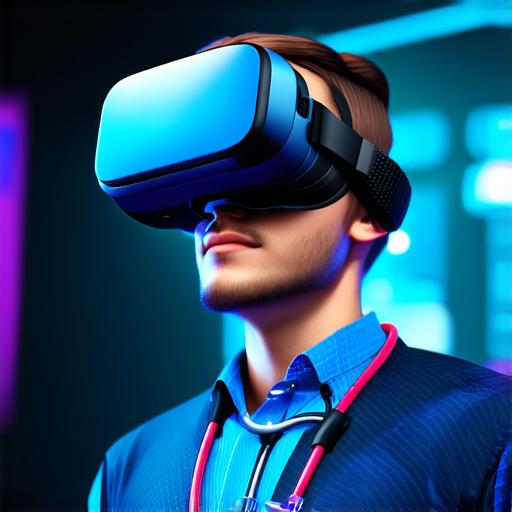
For example, a patient with arachnophobia may use VR to gradually expose themselves to spiders until they feel confident and comfortable in any situation.
The Future of Virtual Reality in Healthcare
As virtual reality technology continues to evolve, it’s likely that we will see even more innovative uses of VR in healthcare settings. As the technology becomes more accessible and affordable, it may become a standard tool for medical professionals and therapists around the world.
We may see VR used in remote telemedicine, where patients can receive virtual consultations from doctors and nurses without having to travel to a physical clinic or hospital. We may also see VR used in surgical training, where surgeons can practice complex procedures with the guidance of experienced mentors in real-time.
Conclusion
Virtual reality has the potential to revolutionize the way we approach healthcare. By harnessing the power of this technology, we can create more immersive, engaging experiences that improve patient outcomes and enhance their overall quality of life. As virtual reality continues to evolve, it will be fascinating to see how it is used in healthcare settings to transform patient care and make it even more effective.
